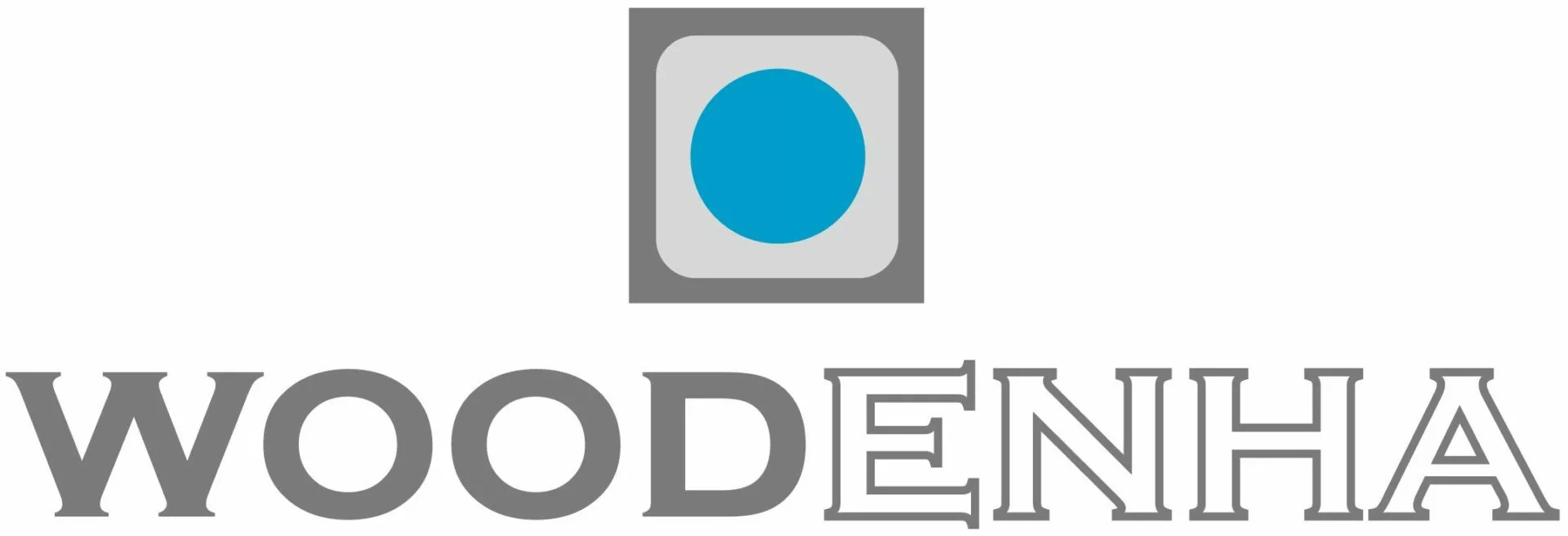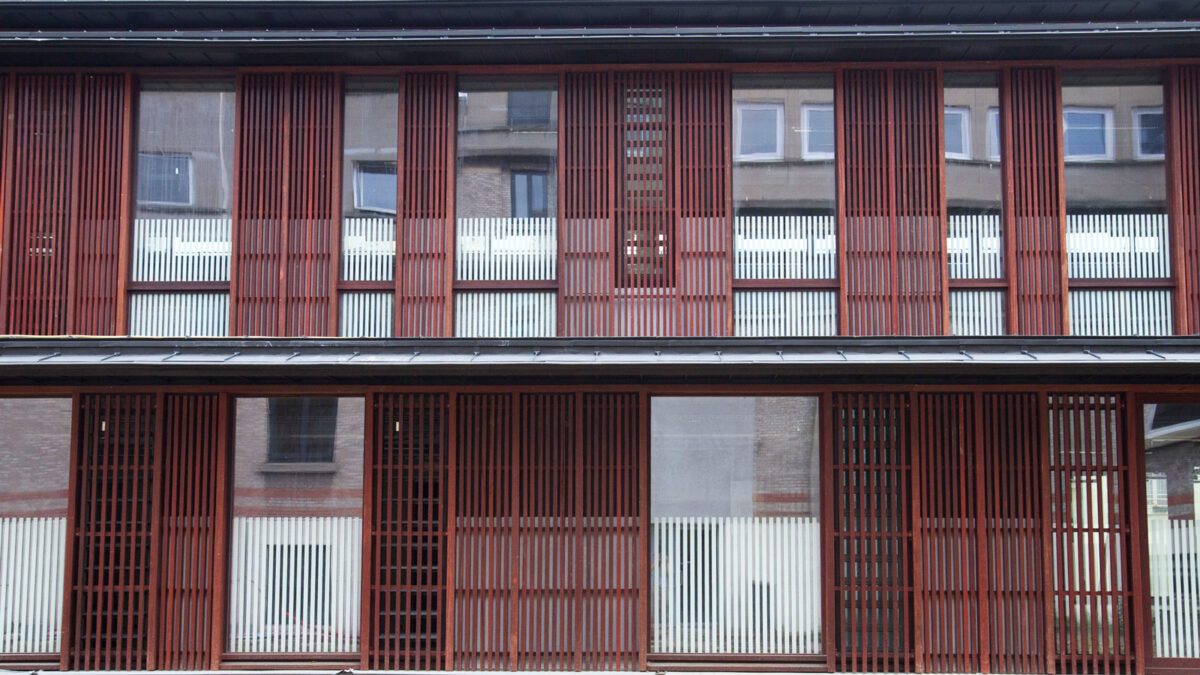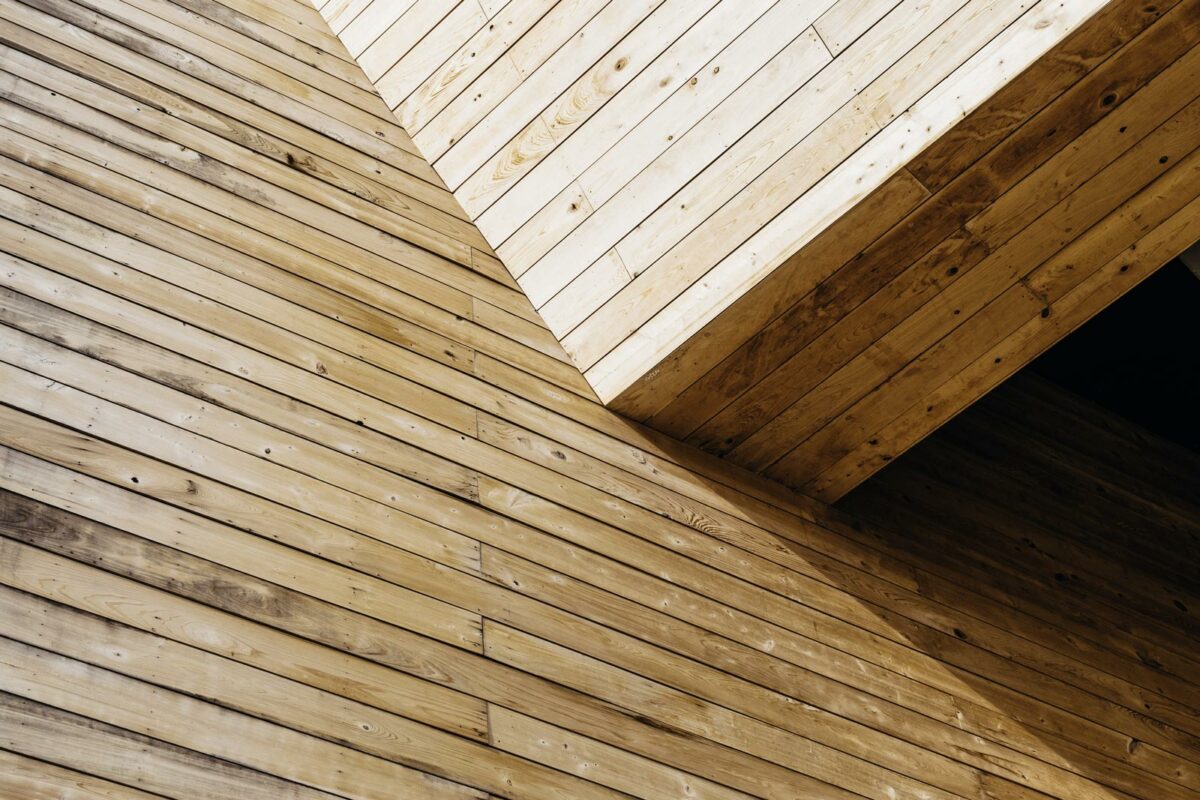New standard on durability of reaction to fire performance and classification of fire retardant wood products for indoor and outdoor end use
The NF EN 16755 standard describes the characteristics that fireproof wood products must have in order for the flame retardant properties to be lasting throughout the desired service life under the conditions of use provided. It prescribes classification requirements for the durability of the reaction to fire performance of fire-retardant wood products intended for use under end-use conditions indoors and outdoors. Products can first meet the required reaction to fire classification. The reduced hygroscopicity of the products used indoors and outdoors can be checked.
In addition, products intended for outdoor use can meet the minimum requirements for durability of reaction to fire performance specific to the end use. The requirements apply to wood and wood-based products which have undergone a flame retardant treatment (applied by a core and surface impregnation process or by means of a flame retardant intumescent coating). The mechanical properties and biological durability of fireproof wood products are not covered by the standard.
Clearly, the following fact is evaluated and standardized: not only must fire retardant wood have a specific fire classification on the day of installation, but they must also be able to retain their flame retardant properties throughout the service life of the work.
This standard, published in July 2018, replaces the experimental standard XP CEN / TS 15912 of June 2012.
Bureau Veritas Construction has made a very clear explanatory sheet on the subject, to be downloaded here.
Woodenha Industries has had two construction systems in Red Cedar BIME®1 evaluated according to this standard, and has to date two Classification Reports on the durability of fire performance:
- for jointed or openwork systems: an initial Euroclass C-s2, d0 and the fire performance durability classes (DRF) Int1 / Int 2 / Ext.
- for jointed systems: an initial Euroclass B-s1, d0 and the fire performance durability classes (DRF) Int1 / Int 2 / Ext.



